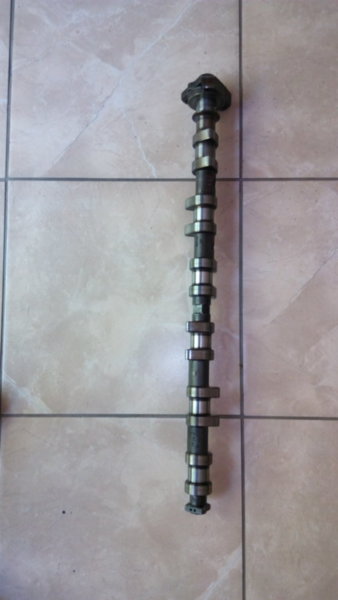- Joined
- Apr 27, 2012
- Points
- 100
New M54 intake cam arrived today. All the bearing surfaces and lobes are good. Vernier shows all are 47.7mm from underside to tip of the lobe. The biggest visible difference is in the cam profile. The overall shape is less V and more "egg" shape. This is what provides the longer "open" position to the valves.
Stopped off at my BMW mechanic buddy earlier, and he is happy for me to do the swap at his workshop. Also, he has all the Vanos timing tools etc which I'll need doing the re-assembly.
Most comforting is to have him there to provide advice and guidance !!
So, hopefully, I'll have a day free next week to do the job...
Stopped off at my BMW mechanic buddy earlier, and he is happy for me to do the swap at his workshop. Also, he has all the Vanos timing tools etc which I'll need doing the re-assembly.
Most comforting is to have him there to provide advice and guidance !!
So, hopefully, I'll have a day free next week to do the job...
Attachments
-
40.6 KB Views: 98



